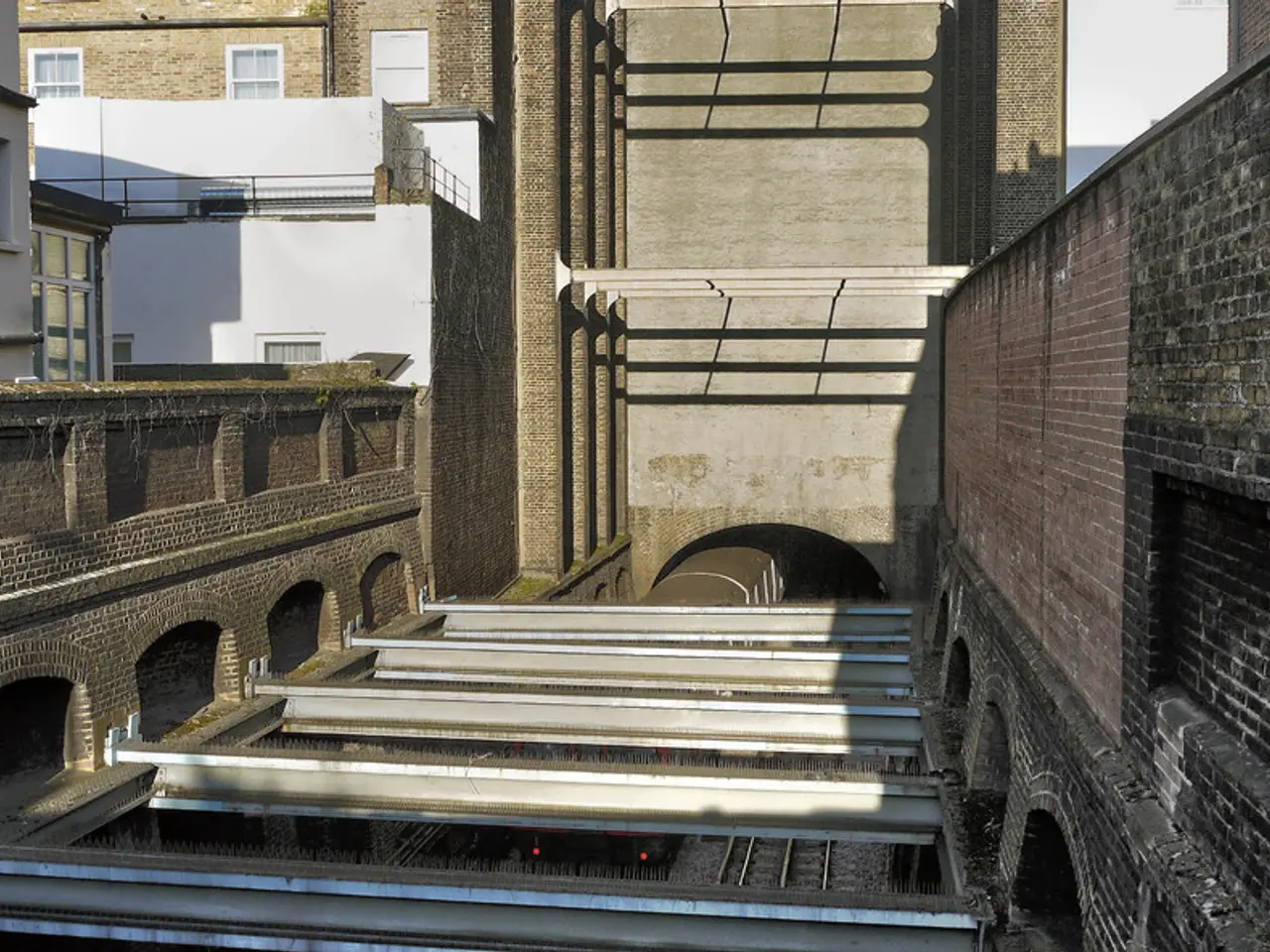Metro Line No. 5 gets approval for 40km route in Hanoi
In a significant move towards sustainable urban transportation, Hanoi's Metro Line No.5 is taking shape. The Hanoi People's Committee has approved the alignment and facility sites for this much-anticipated metro line, stretching from Van Cao to Hoa Lac, with a total length of nearly 40km.
The planning of Hanoi Metro Line 5 was entrusted to the Japan International Cooperation Agency (JICA). Once operational, the line is anticipated to play a pivotal role in easing congestion and stimulating socioeconomic growth along its route. The line will serve as a key transit corridor connecting Hanoi's central districts with the western region and the satellite city of Hoa Lac.
The main route of the metro line is approximately 40km long, with additional 4.8km for two branches connecting to the depots. Depot No.1, located in Son Dong and Duong Hoa communes, will serve both Line No.5 and the planned Line No.8, and will also host a rail vehicle assembly plant. Depot No.2, located in the Hoa Lac urban area, will be the maintenance hub for Metro Line No.5.
The Hanoi Metropolitan Railway Management Board will publicize the planning and oversee boundary marking on the ground. District-level People's Committees along the route will be responsible for land management, boundary protection, and coordination in site clearance. The Department of Planning and Architecture has been assigned to verify the approved route drawings.
The project represents an important step in Hanoi's sustainable transport strategy, aiming to reduce reliance on private vehicles and improve environmental quality. The line will form part of a synchronised, high-capacity urban transit network, with direct connections to several other metro routes, including lines 2, 3, 4, 6, 7, 8, and monorail M2.
Many stations on the metro line will connect directly with other metro lines, fostering seamless travel for commuters. This integrated and efficient transportation model is in line with Vietnam's ambitious plan for green city development.
Recent initiatives, such as fare-free rides from August 30 to September 2, have been well-received. These served nearly 690,000 passengers, helping to reduce pressure on road traffic infrastructure. The growing popularity of metro as a fast, safe, and efficient transportation option in the capital is reflected in these record-breaking ridership numbers.
Despite the nationwide real estate market experiencing difficulties, the apartment segment surrounding metro lines in Ho Chi Minh City and Hanoi has seen a sharp increase in prices, indicating the potential economic benefits of such projects.
As Metro Line No.5 moves closer to operation, it promises to alleviate pressure on existing roadways, particularly the heavily congested Thang Long Avenue. With its anticipated benefits for commuters, the economy, and the environment, the completion of Hanoi's Metro Line No.5 is a significant milestone in the city's development.








